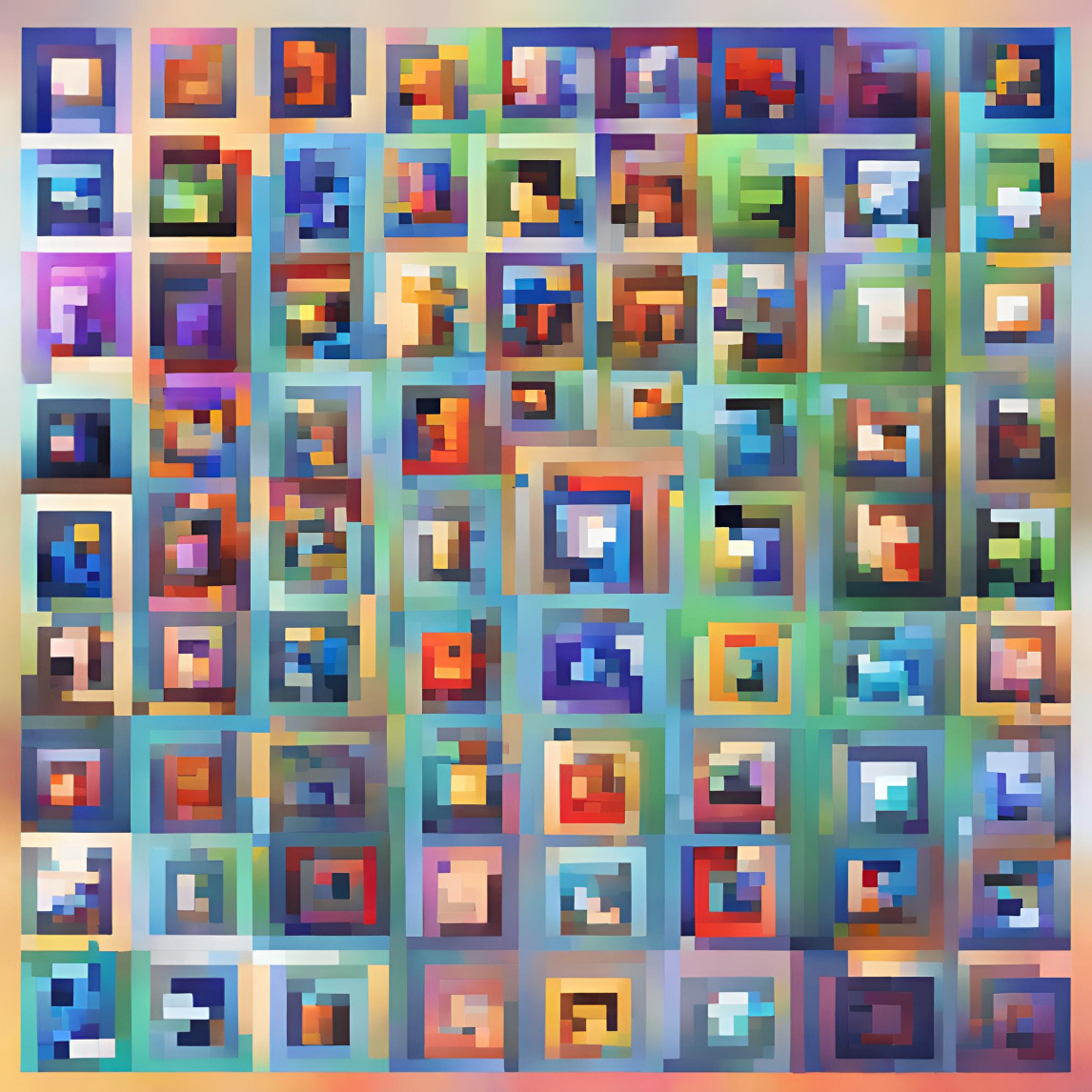160 reads
Balancing Blockchain Access: Local Nodes vs. Third-Party Services
by
July 26th, 2024
Audio Presented by

It's better on the Blockchain! We publish HOW to build, integrate & scale distributed ledgers. Blockchainize.TECH!
Story's Credibility

About Author
It's better on the Blockchain! We publish HOW to build, integrate & scale distributed ledgers. Blockchainize.TECH!